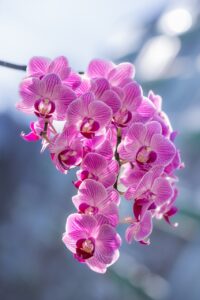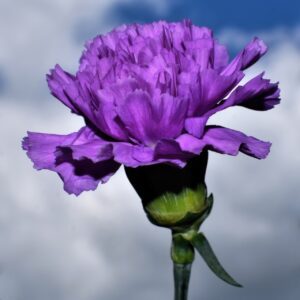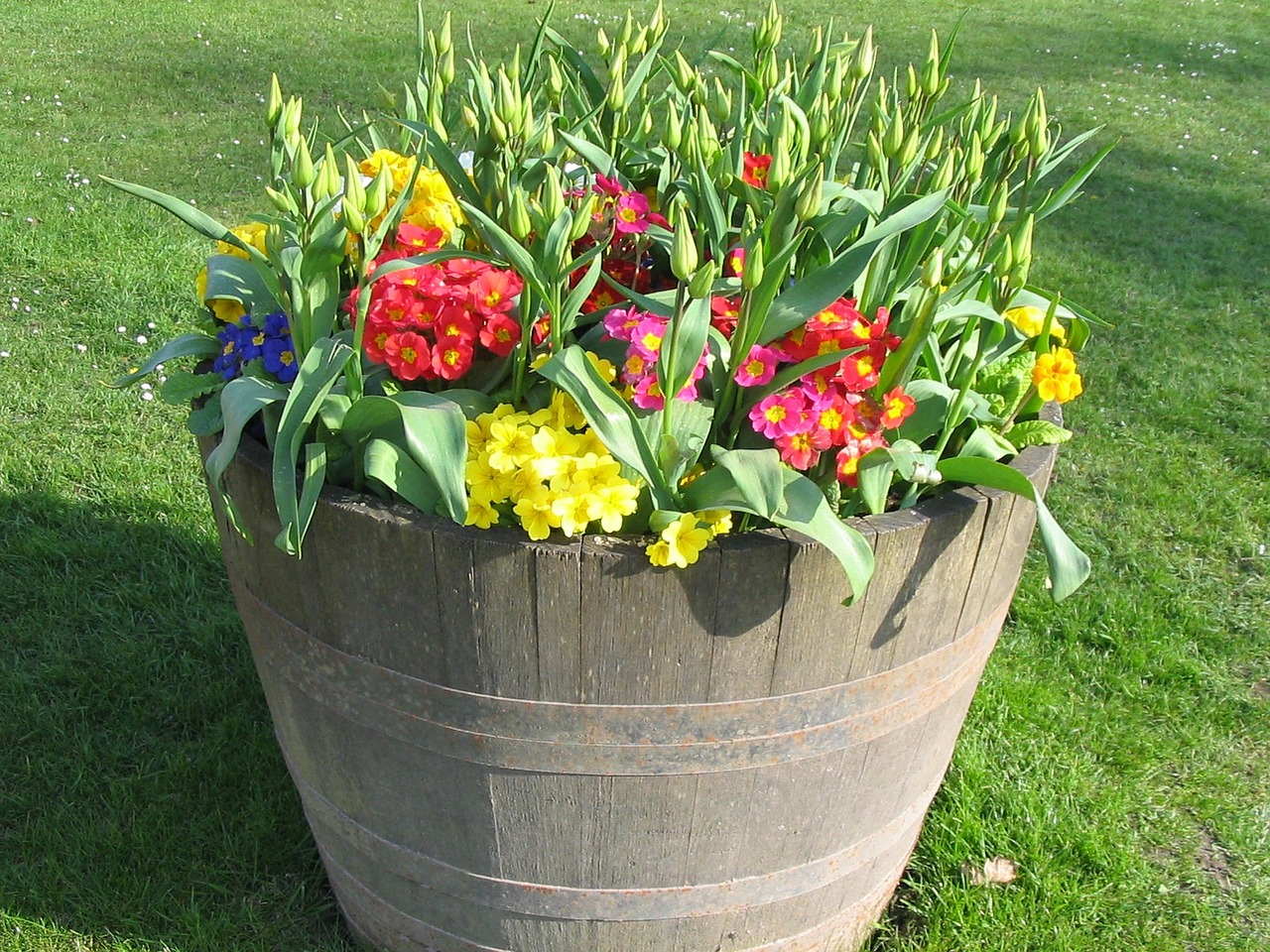Introduction:
The world is home to a rich diversity of flowering plants, and while determining the “most growing” flowers can be subjective based on different criteria such as popularity, adaptability, or economic significance, some flowers are widely recognized for their prevalence and global appeal. Here, we’ll explore a diverse selection of flowers that are known for their widespread growth and popularity:
-
Rose (Rosa spp.):

Global Symbolism: Roses are arguably the most universally recognized flowers, symbolizing love, beauty, and passion. They come in various colors and are cultivated across the globe.
Cultural Significance: Found in gardens, floral arrangements, and celebrations worldwide, roses have cultural and religious significance in many societies.
-
Chrysanthemum (Chrysanthemum spp.):


Ubiquity: Chrysanthemums, commonly known as mums, are highly cultivated ornamental flowers. They are popular in gardens, floral arrangements, and as potted plants.
Cultural Significance: In several Asian cultures, chrysanthemums hold symbolic importance and are associated with autumn.
-
Tulip (Tulipa spp.):


Diversity: Tulips are renowned for their vibrant colors and distinctive cup-shaped blooms. They are among the most widely grown and traded bulbous flowers globally.
Historical Significance: Tulips have historical importance, including the “Tulip Mania” in the 17th century in the Netherlands.
-
Lily (Lilium spp.):


Versatility: Lilies are diverse in their forms and colors, ranging from elegant Asiatic lilies to fragrant oriental lilies. They are cultivated in gardens, used in bouquets, and hold cultural significance.
Symbolism: Lilies symbolize purity, renewal, and transience, and they are often associated with religious and spiritual ceremonies.
-
Sunflower (Helianthus annuus):


Iconic Appearance: Sunflowers are known for their large, vibrant yellow blooms and distinctive appearance. They are widely grown as ornamental plants and for their seeds.
Economic Significance: Sunflower seeds are a valuable crop, used for producing oil and snacks. The flowers’ symbolism includes positivity and warmth.
-
Orchid (Orchidaceae family):


Exotic Beauty: Orchids are admired for their intricate and diverse blooms, making them one of the most sought-after flowers in the world.
Global Appeal: Orchids are cultivated for both ornamental and commercial purposes, with a massive global market for orchid plants and cut flowers.
-
Daisy (Bellis perennis):


Simplicity and Charm: Daisies are known for their simple, yet charming appearance. They are commonly found in gardens, meadows, and floral arrangements.
Cultural Significance: Daisies symbolize innocence and purity and have cultural associations in literature and folklore.
-
Marigold (Tagetes spp. and Calendula spp.):


Versatility: Marigolds come in various species, including French and African marigolds. They are valued for their bright colors and are grown for ornamental, medicinal, and culinary purposes.
Cultural Uses: Marigolds have cultural significance in various traditions and are often used in ceremonies, festivals, and as offerings.
-
Carnation (Dianthus caryophyllus):


Variety: Carnations come in a variety of colors and are known for their ruffled petals. They are cultivated worldwide and are used in bouquets, corsages, and floral arrangements.
Symbolism: Carnations are associated with love and fascination. Different colors convey specific sentiments, making them versatile in the language of flowers.
-
Daffodil (Narcissus spp.):


Springtime Symbol: Daffodils, with their trumpet-shaped blooms, are iconic spring flowers. They are widely grown in gardens, parks, and naturalized landscapes.
Positive Symbolism: Daffodils symbolize renewal, the arrival of spring, and are associated with positivity and good fortune.
While these flowers are recognized for their global presence, it’s important to note that many factors contribute to the popularity and growth of flowers, including cultural traditions, climate, and regional preferences. The beauty of flowers lies not only in their visual appeal but also in the diverse meanings and emotions they evoke across different cultures and contexts.






